The Hanoi Department of Transport has just submitted a report to the Hanoi People's Committee for consideration of 11 transport infrastructure investment projects, including the Ring Road 2 project from Nga Tu So - Cau Giay, including the expansion of the current Lang road.
Accordingly, the initial idea was that the project would renovate and expand the elevated and low-lying Ring Road 2 from Nga Tu So - Cau Giay, with a total investment of over VND21,000 billion (the lower section is less than VND17,000 billion; the elevated section is nearly VND3,900 billion). When the renovation is completed, Lang Road will be 53.5m wide, with a design speed of 80km/h and will be the main urban axis.
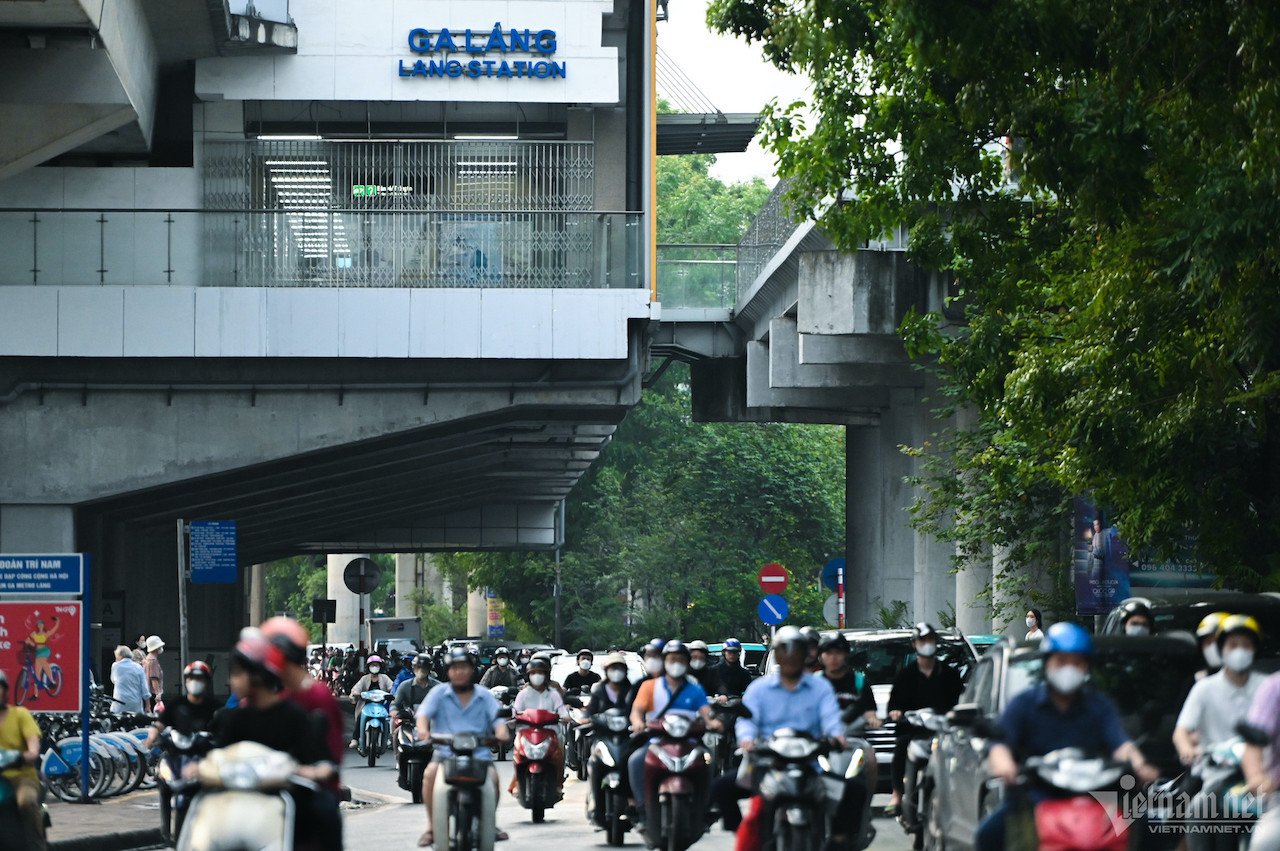
Immediately, the above information caused many traffic experts to express concerns about the feasibility of the "super" project. Some people said that Lang Road has long become an urban road, not a belt road. Expanding urban roads is not a fundamental solution to reduce congestion when infrastructure must keep up with the growth rate of vehicles.
Furthermore, the projects to expand inner-city roads have made it even more difficult for Hanoi to achieve its goal of limiting personal vehicles. Meanwhile, the cost of site clearance for the project is too high.
Sharing with VietNamNet about this issue, Mr. Phan Hoang Phuong, Head of Urban and Rural Transport Department, Institute of Transport Strategy and Development (Ministry of Transport) said that the expansion of Lang road on Ring Road 2 is completely in accordance with the planning.
“This is one of the final bottlenecks on the Ring Road 2. Hanoi has expanded most of the sections on the Ring Road 2 according to the plan, so continuing to expand the remaining sections according to the plan (including Lang Road) will ensure synchronous investment in infrastructure exploitation, while ensuring compliance with Decision 519/QD-TTg on approving the Hanoi Capital Transport Planning to 2030 with a vision to 2050 of the Prime Minister,” Mr. Phuong informed.
Mr. Phuong also emphasized that investing in upgrading infrastructure along the entire route is necessary, because if there is no investment in expansion, the resources spent on previous sections will not be effective, and even reduce the value of the entire route.
"While the demand for traffic on the beltway is very high, without investment in expansion, the bottleneck still exists. Of course, investment in expansion is not the only solution to limit congestion. Because along with road expansion, we must continue to control private vehicles and develop public transport," Mr. Phuong emphasized.
To clarify this proposal, Mr. Phan Truong Thanh, Head of Planning and Finance Department, Hanoi Department of Transport, said that the planned Ring Road 2 is 39km long, with 6.1km remaining that has not been renovated or expanded according to the plan. This includes the Nga Tu So - Cau Giay section (which coincides with the current Lang road) and a section of more than 2km north of the Red River.
“Therefore, prioritizing the completion of closed investment of 39km of Belt Road 2 according to the plan is necessary.
If the entire Beltway 2 route is completed according to the plan, it will solve the problem of traffic congestion, solve intersections on key traffic routes, and help reduce the load on the current Beltway 3," Mr. Thanh informed.
However, Mr. Thanh also emphasized that the related information is a preliminary study, the total investment of the project of more than 21,000 billion VND is only an estimated figure. The plan just reported is not the plan that will definitely be chosen; it is necessary to study the effectiveness, feasibility, and have a thorough and comprehensive assessment of social impact.
Source: https://vietnamnet.vn/mo-rong-duong-lang-khong-phai-giai-phap-duy-nhat-han-che-un-tac-2279625.html


![[Photo] Prime Minister Pham Minh Chinh meets with King Philippe of Belgium](https://vstatic.vietnam.vn/vietnam/resource/IMAGE/2025/4/1/be2f9ad3b17843b9b8f8dee6f2d227e7)
![[Photo] Close-up of Vietnam's sniffer dog team searching for earthquake victims in Myanmar](https://vstatic.vietnam.vn/vietnam/resource/IMAGE/2025/4/1/d4949a0510ba40af93a15359b5450df2)

![[Photo] General Secretary To Lam receives King Philippe of Belgium](https://vstatic.vietnam.vn/vietnam/resource/IMAGE/2025/4/1/e5963137a0c9428dabb93bdb34b86d7c)

![[Photo] President Luong Cuong and King Philippe of Belgium visit Thang Long Imperial Citadel](https://vstatic.vietnam.vn/vietnam/resource/IMAGE/2025/4/1/cb080a6652f84a1291edc3d2ee50f631)
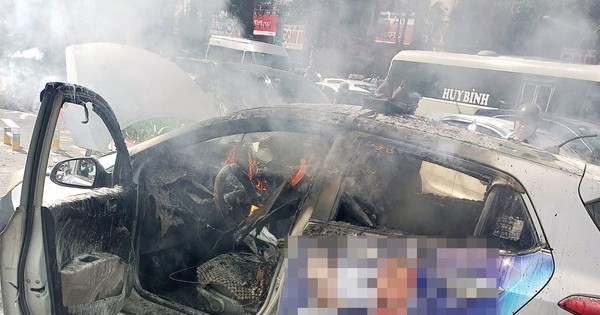



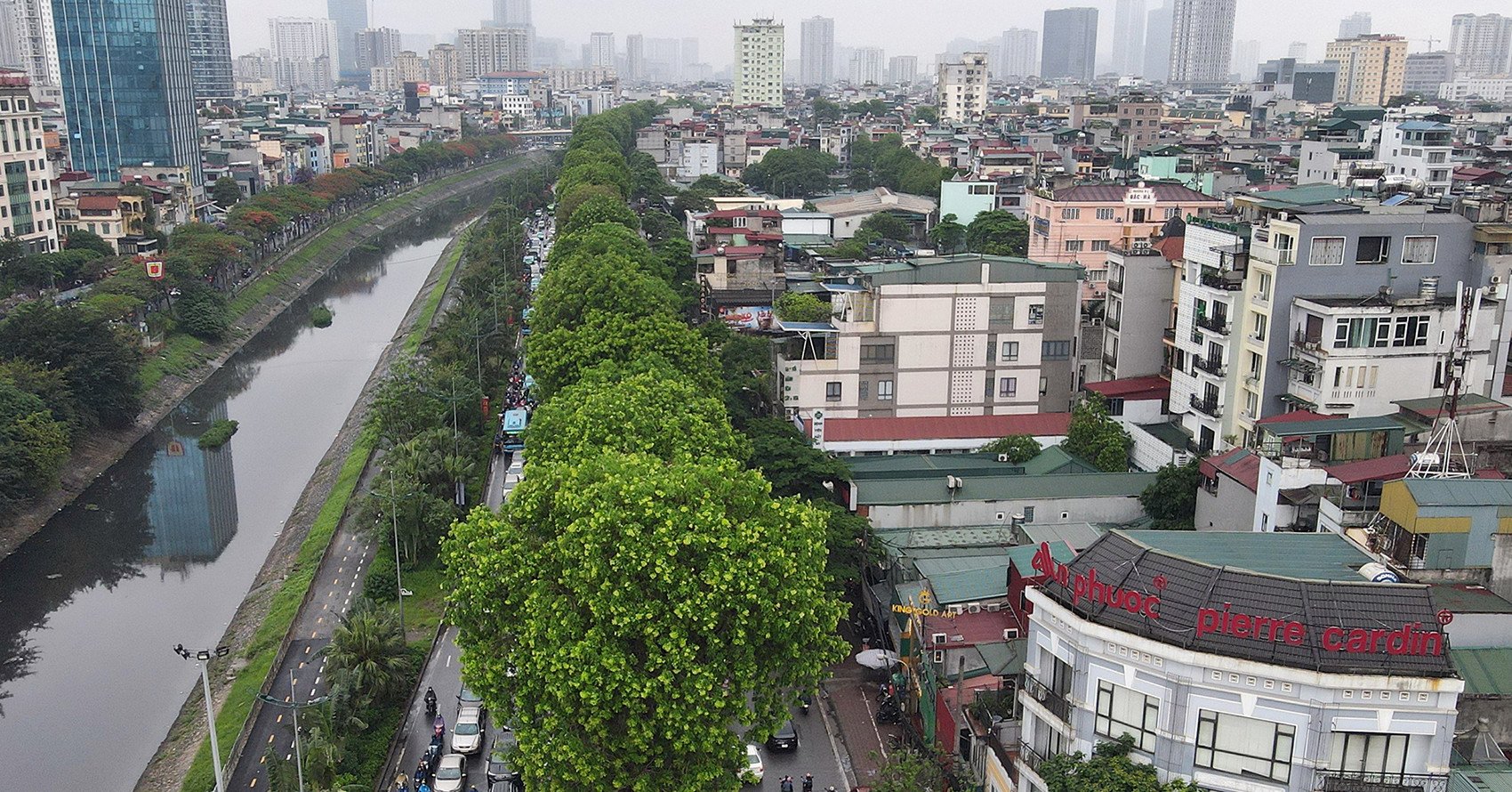
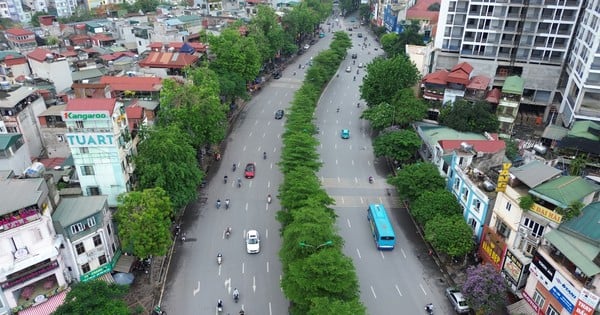
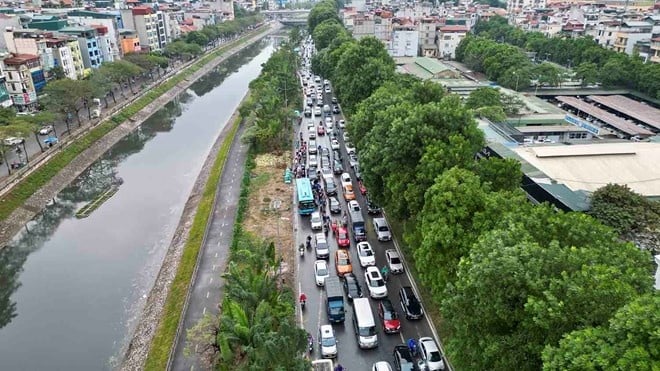
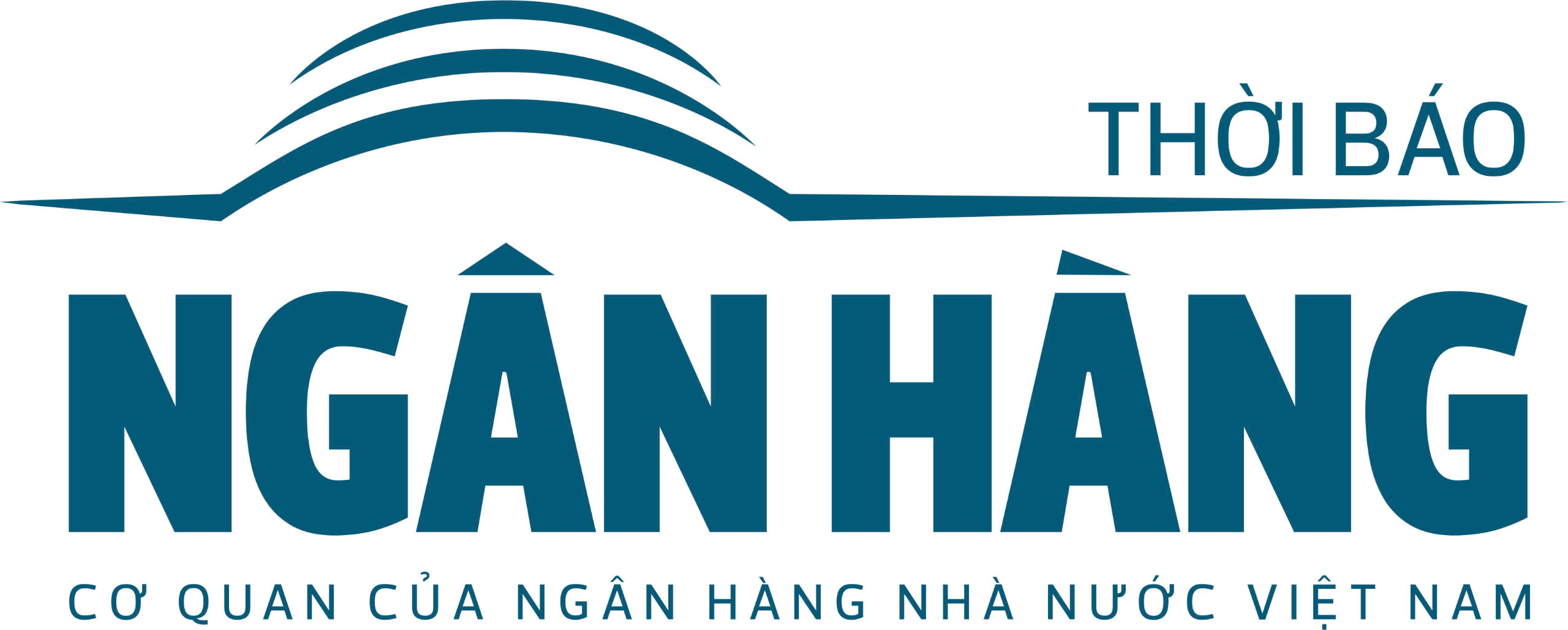



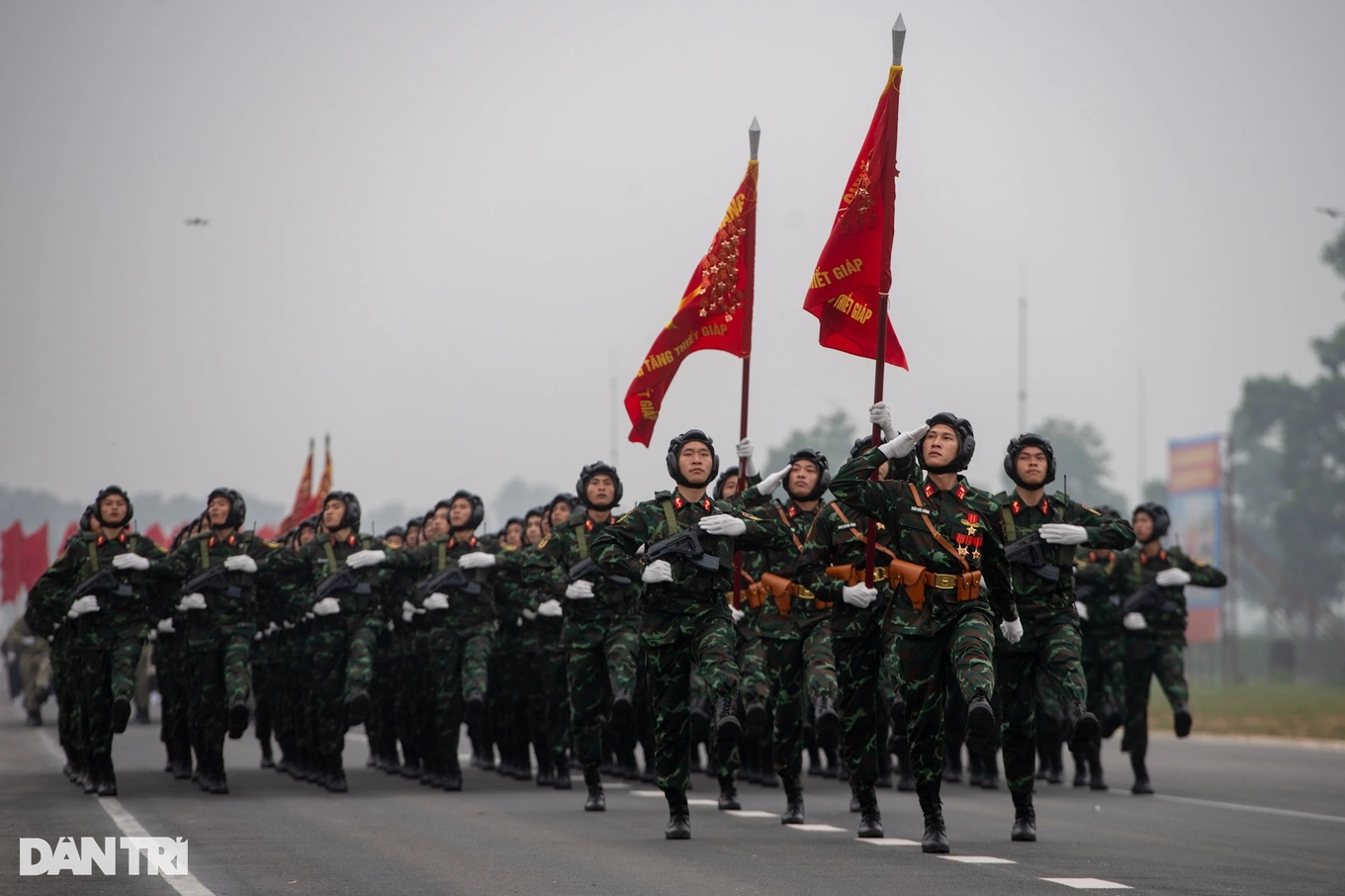
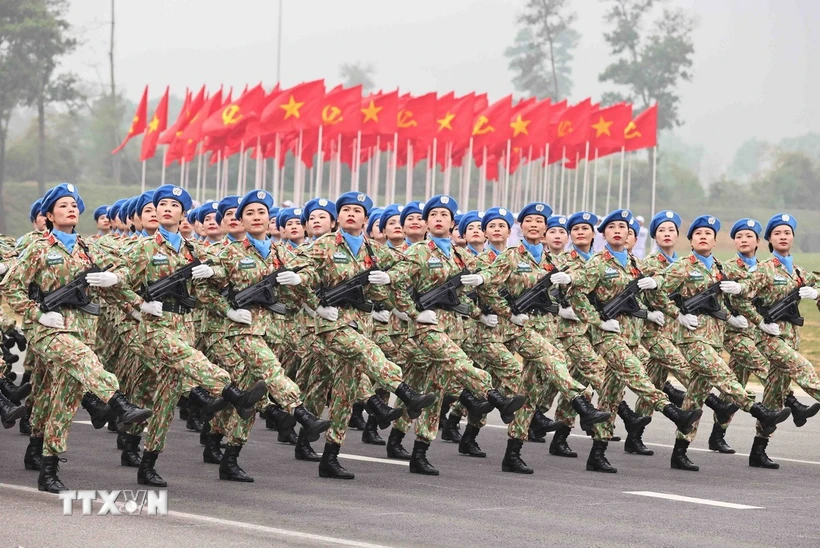
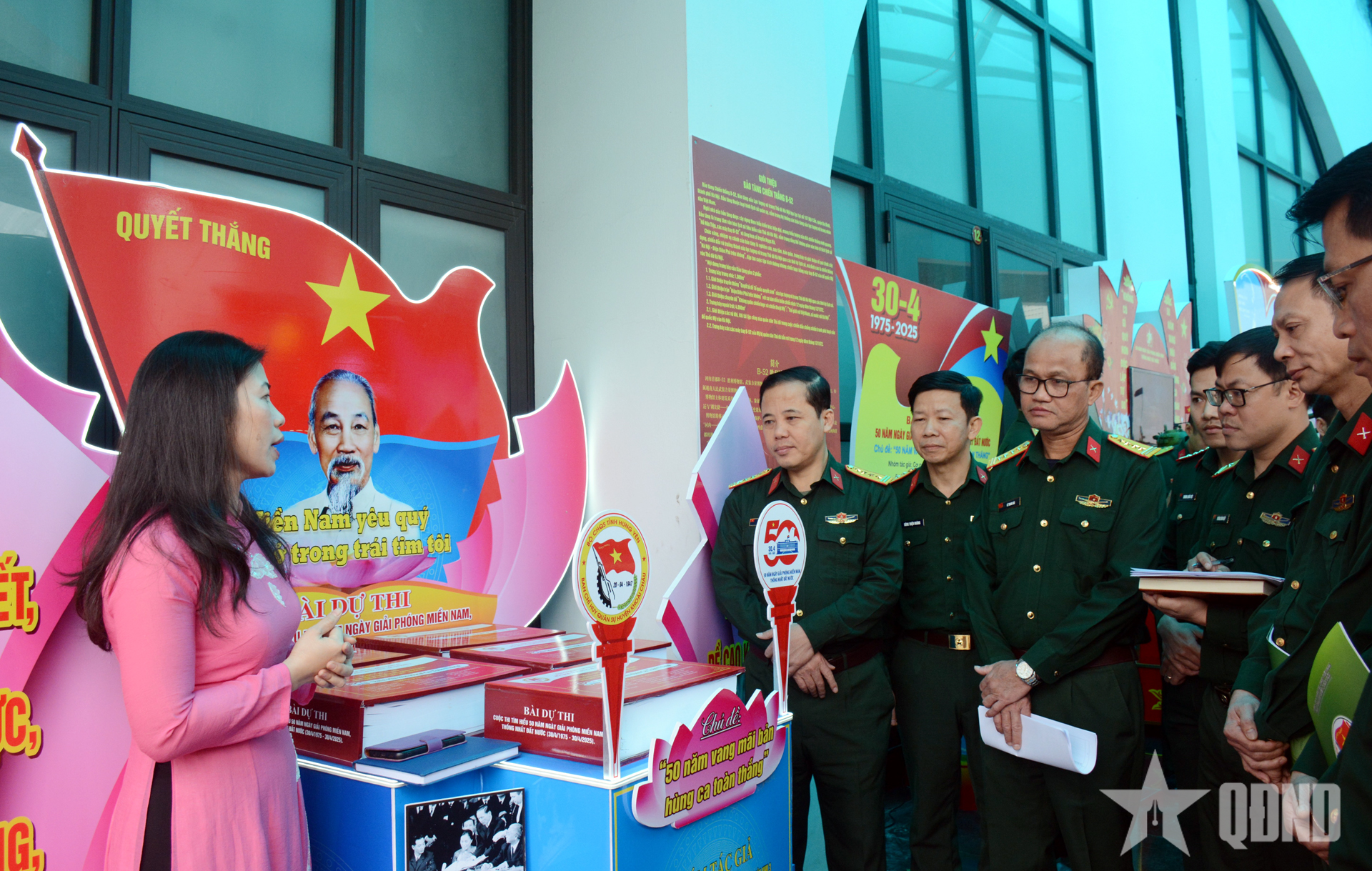




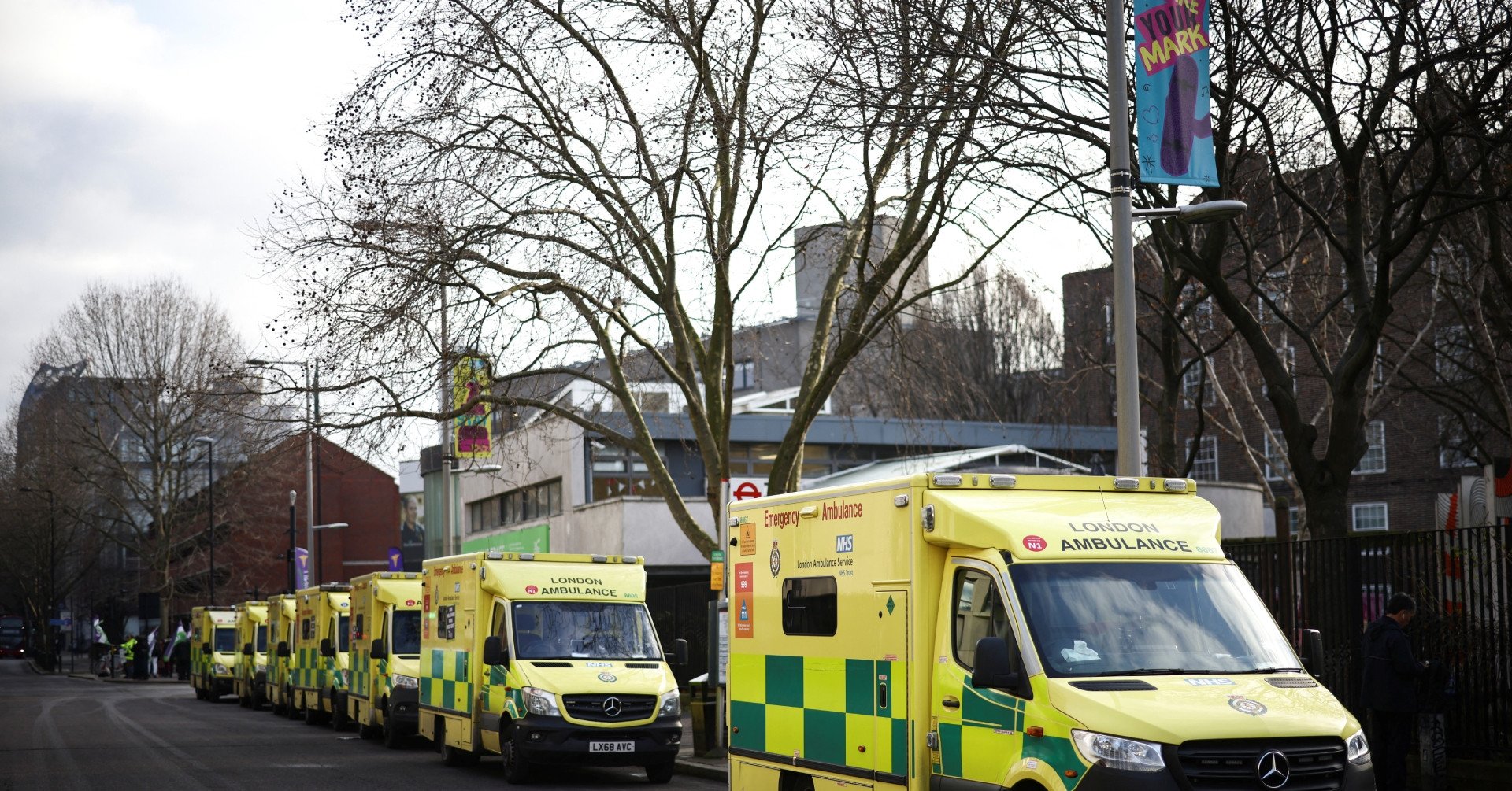
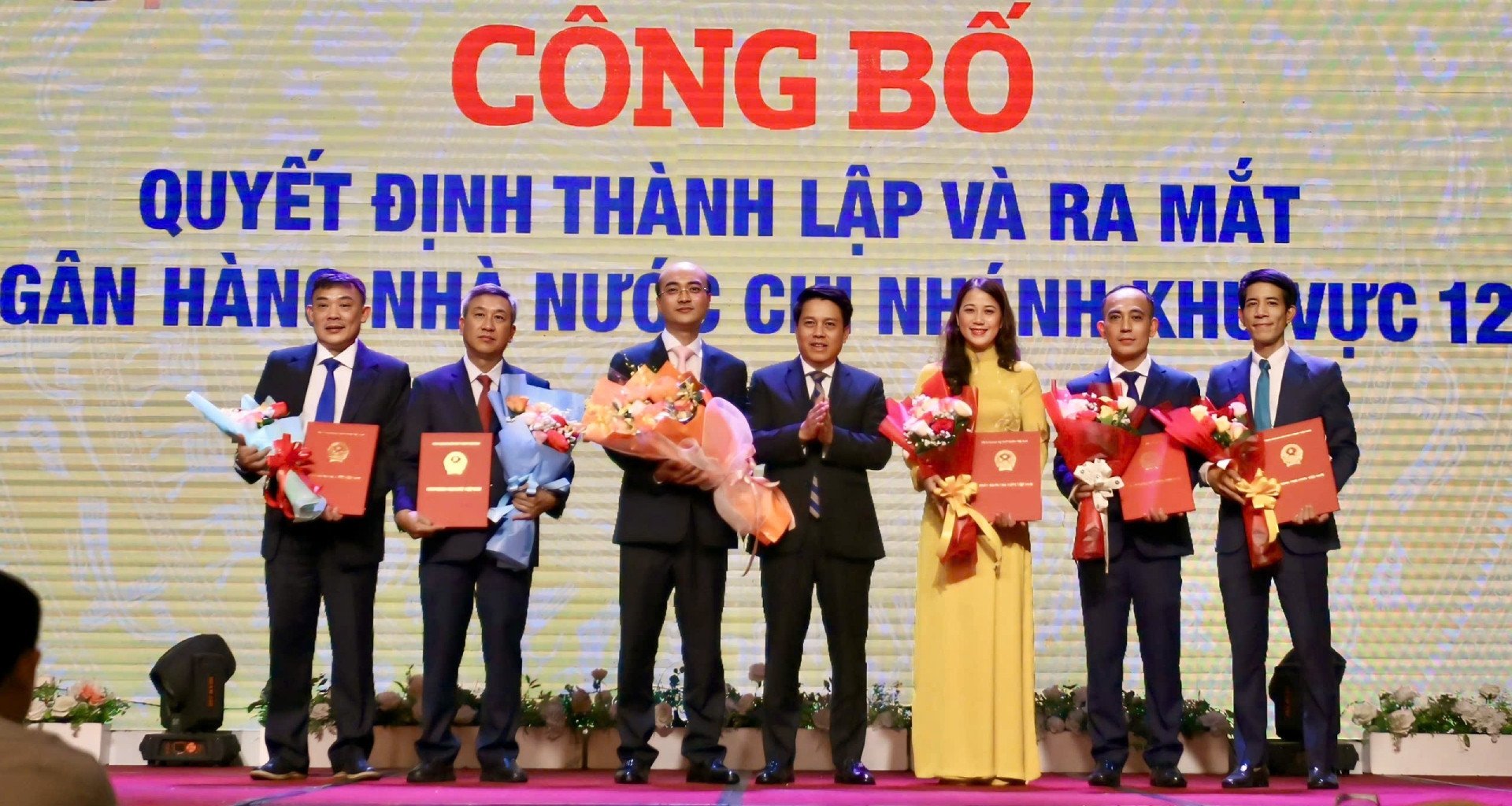
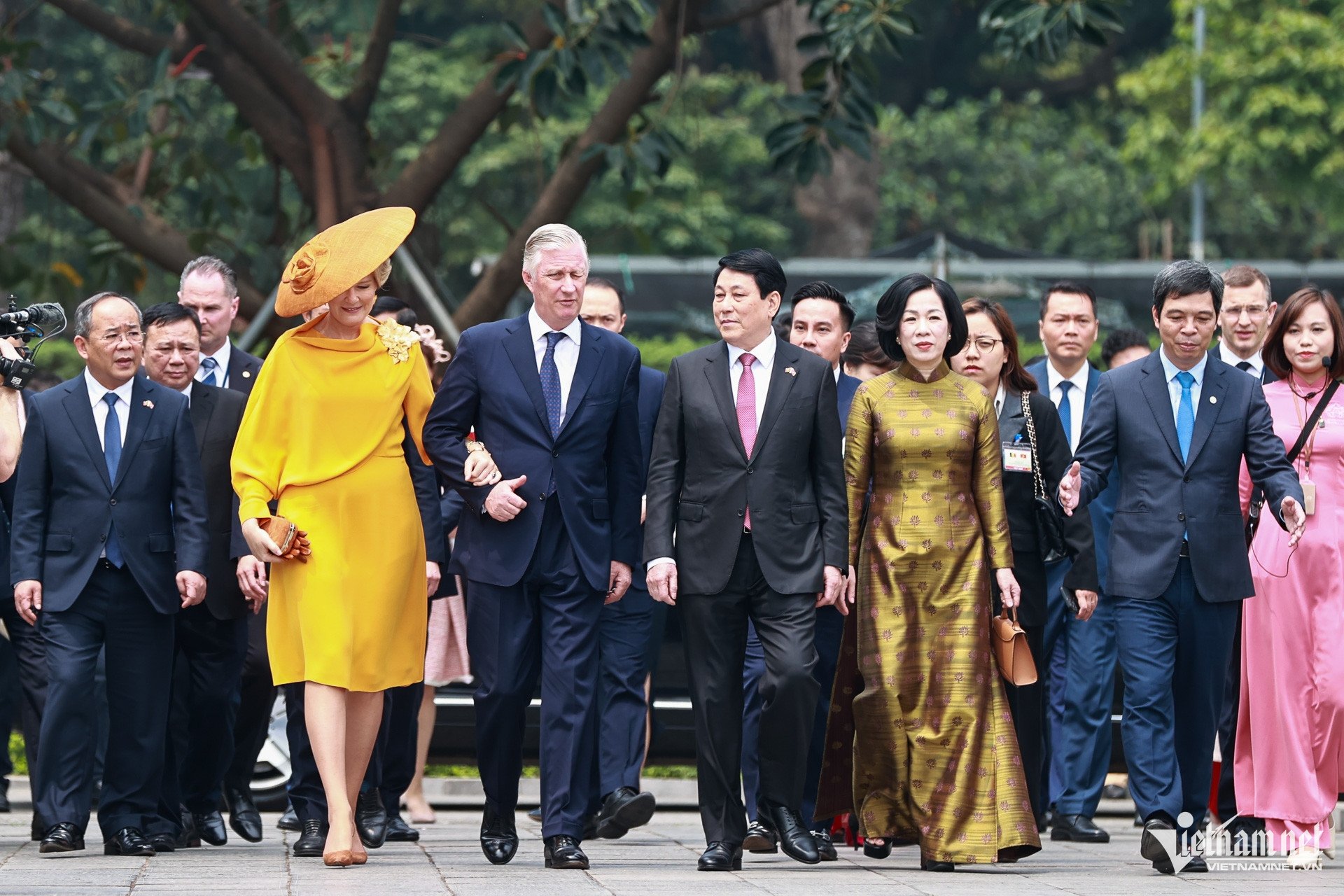
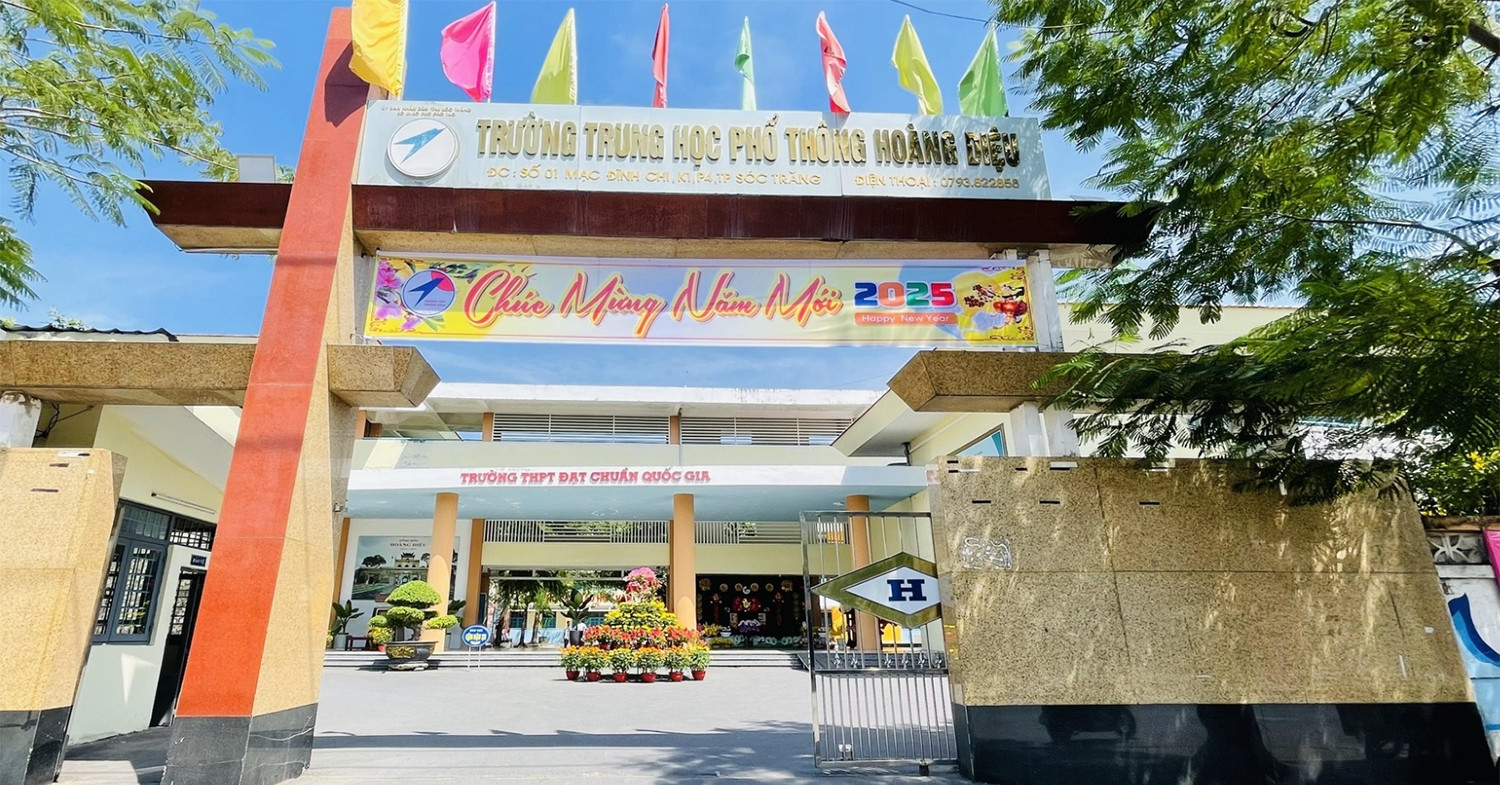
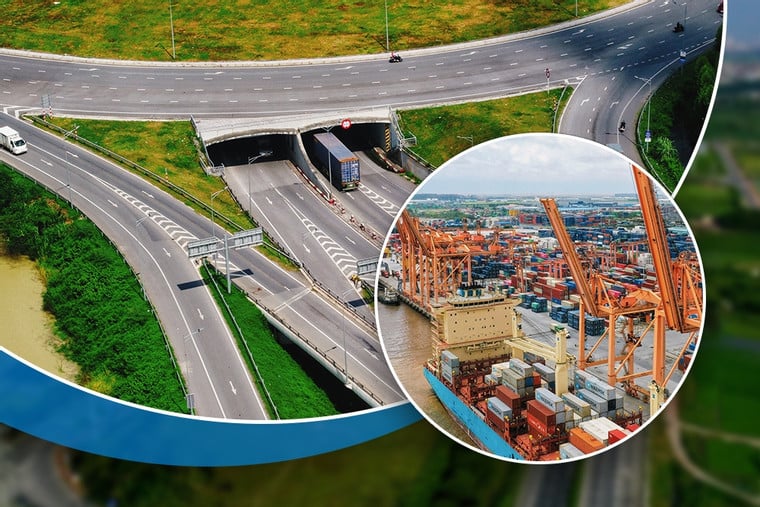

![[Photo] Myanmar's capital in disarray after the great earthquake](https://vstatic.vietnam.vn/vietnam/resource/IMAGE/2025/4/1/7719e43b61ba40f3ac17f5c3c1f03720)






























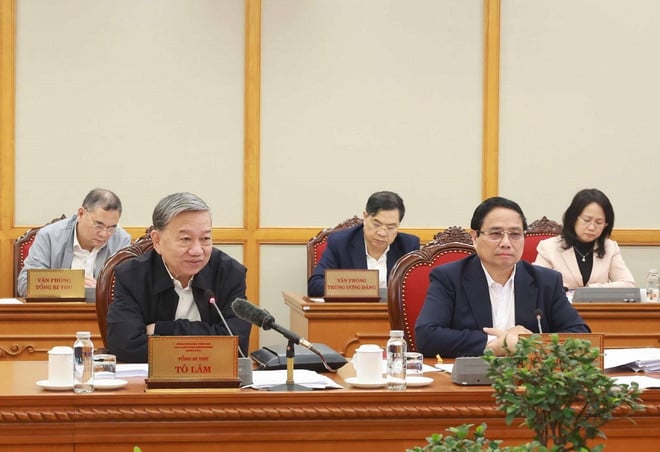



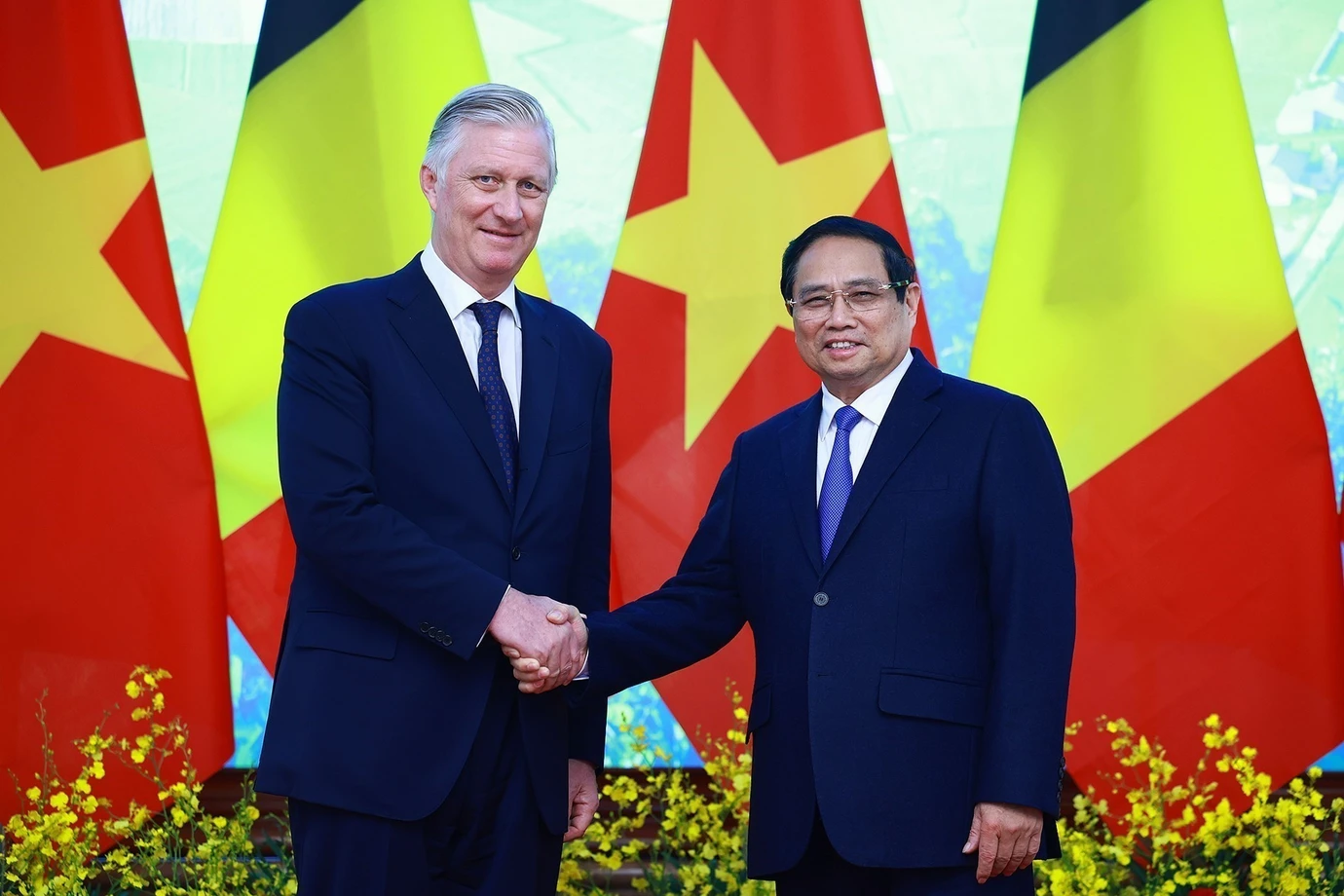





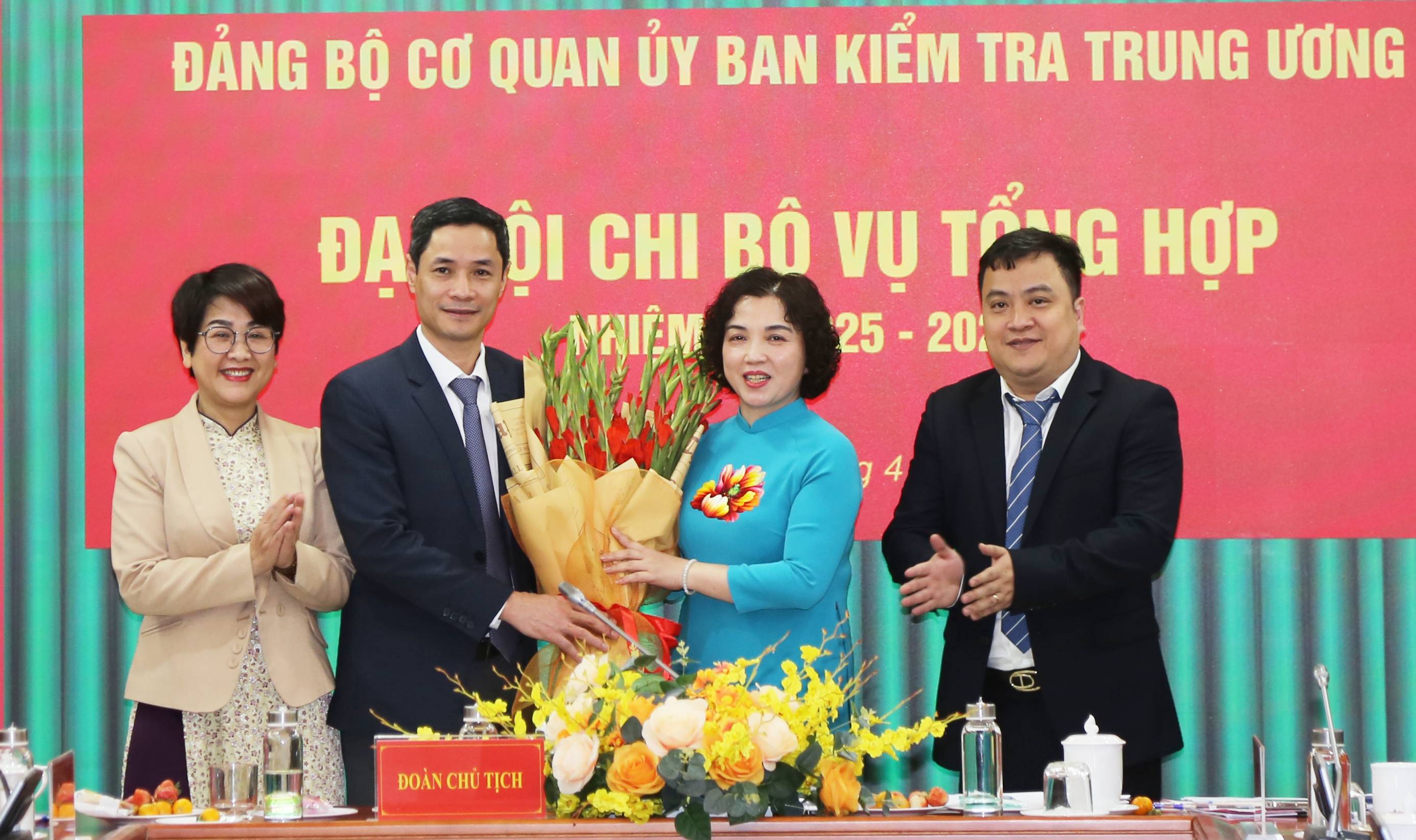



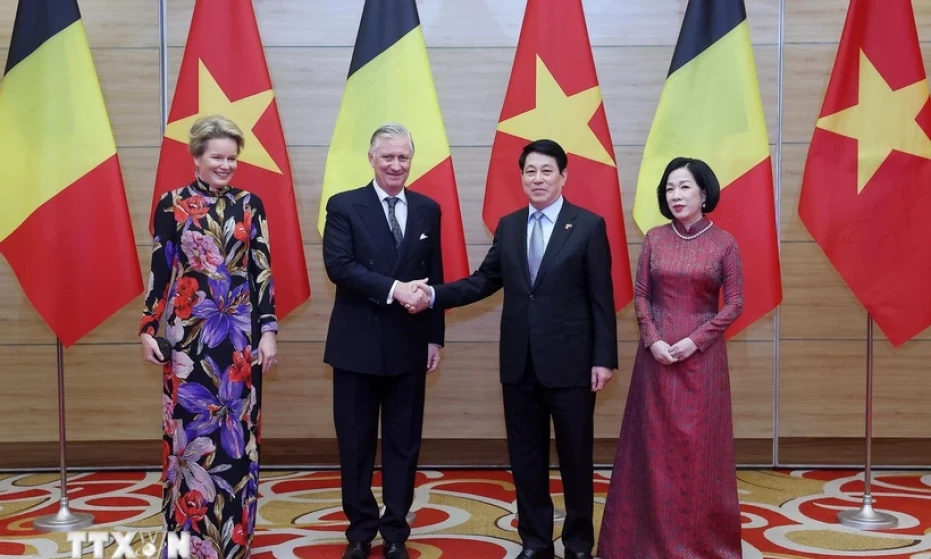




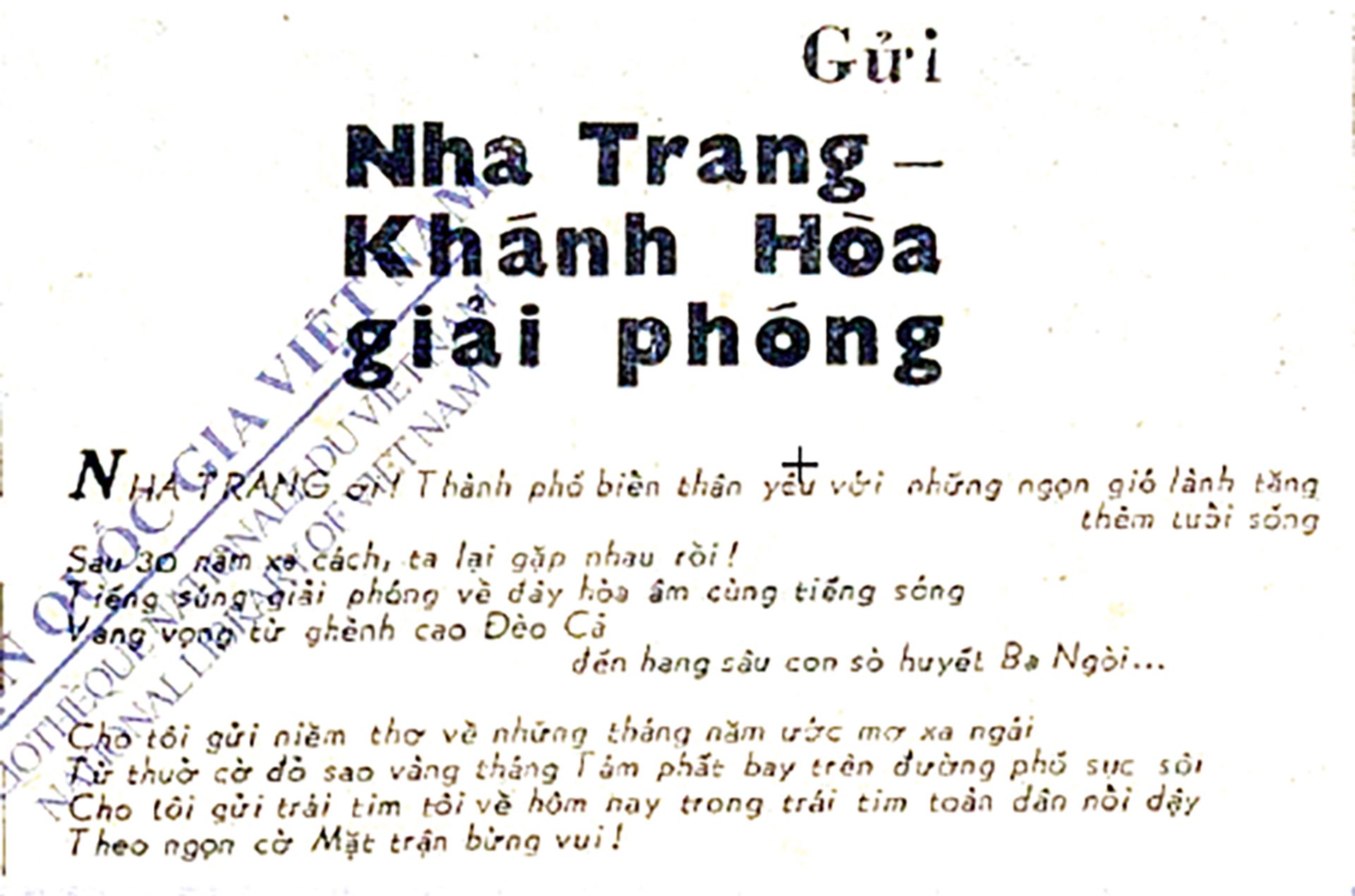


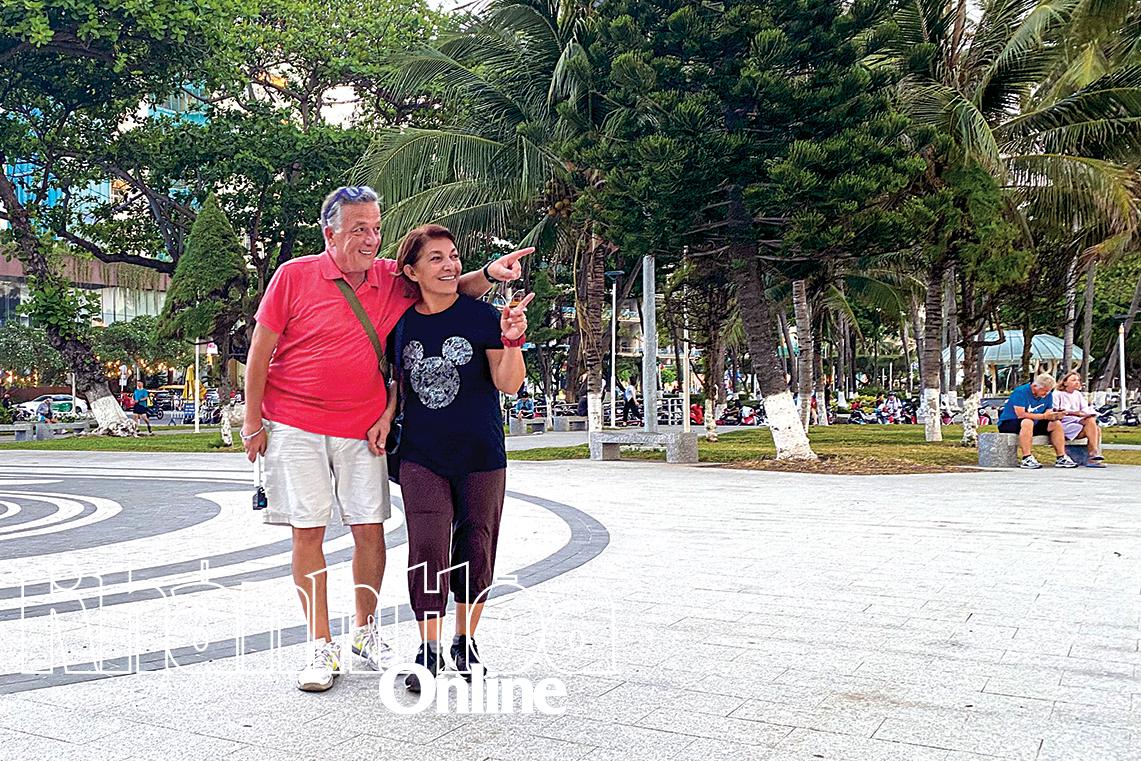











Comment (0)